Embarking on a journey of cosmic discovery, humanity has crafted ingenious space probes to venture beyond Earth’s confines. Let’s Explore The Space Probes Together: A Robotic SpaceCraft Created To Investigate The Universe Beyond Earth’s Atmosphere Is Referred To As A Space Probe, Also Known As Unmanned Spacecraft. In Order To Collect Scientific Data About Our Solar System, Galaxies, And The Entire Cosmos, Space Probes Are Often Launched By Rockets. Luna 1 Was The First Successful Space Probe.
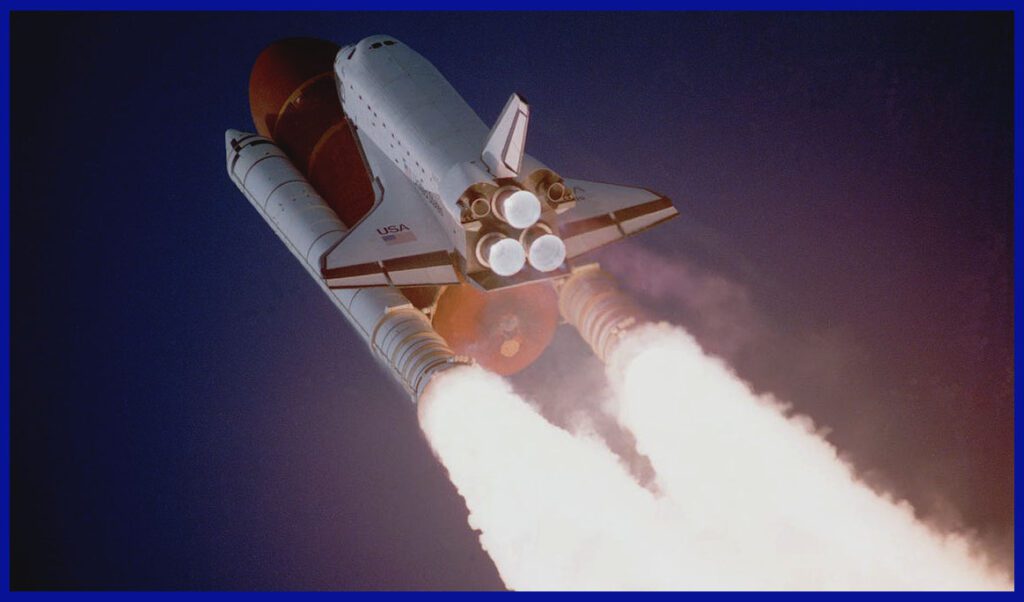
Space probes are flights sent into space to collect information and pictures about the Universe. Space probes are usually sent to planets, moons, comets and asteroids. Some space probes are controlled by humans. However, most of them are unmanned and controlled directly by computers.
Space probes can be either flybys, orbiters, landers, or rovers. Flyby probes fly close to an object in space and collect data as they pass by. Orbiter probes, on the other hand, are designed to enter into orbit around an object in space and study it from a fixed location. Lander probes are designed to land on the surface of an object in space and collect data from a stationary position. Rovers, which are a type of lander, are equipped with wheels or legs to move around on the surface of an object and collect data from multiple locations.
Some examples of space probes include the Voyager 1 and 2 probes, which have explored the outer planets and are now travelling beyond the edge of our solar system, and the Mars Curiosity rover, which is currently exploring the surface of Mars.
Space Probe Journeys
A space probe may orbit a planet or a moon. They may also land on a surface to study it. They may remain there or bring data and information back to earth. Most of them send data from space by radio with the help of a process known as telemetry.
The history of space probes can be traced back to the mid-20th century, during the Cold War between the United States and the Soviet Union, which both sought to explore space and demonstrate their technological capabilities.
In 1957, the Soviet Union launched Sputnik 1, the first artificial satellite to orbit the Earth. This historic achievement inspired the United States to create its own space program, and in 1958, NASA was established.
In 1959, the Soviet Union launched Luna 1, the first spacecraft to reach the Moon and fly by it. This was followed by a series of Luna missions, which successfully achieved the first soft landing on the Moon and sent back images and data from the lunar surface.
Meanwhile, NASA launched a series of Pioneer and Ranger missions, which explored the Moon and other objects in the solar system, such as Venus and Mars.
In the 1960s and 1970s, the United States and the Soviet Union engaged in a race to explore the Moon and other planets in the solar system, known as the Space Race. The Soviet Union launched a series of Venera missions, which sent landers to Venus and returned data on its atmosphere and surface, while the United States launched a series of Mariner and Viking missions, which explored Mars.
In the decades that followed, other countries, such as Japan, China, and India, launched their own space probes to explore the solar system and beyond. Today, space probes continue to explore the universe, with missions to study asteroids, comets, and other objects in our solar system, and to search for signs of life on other planets and moons.
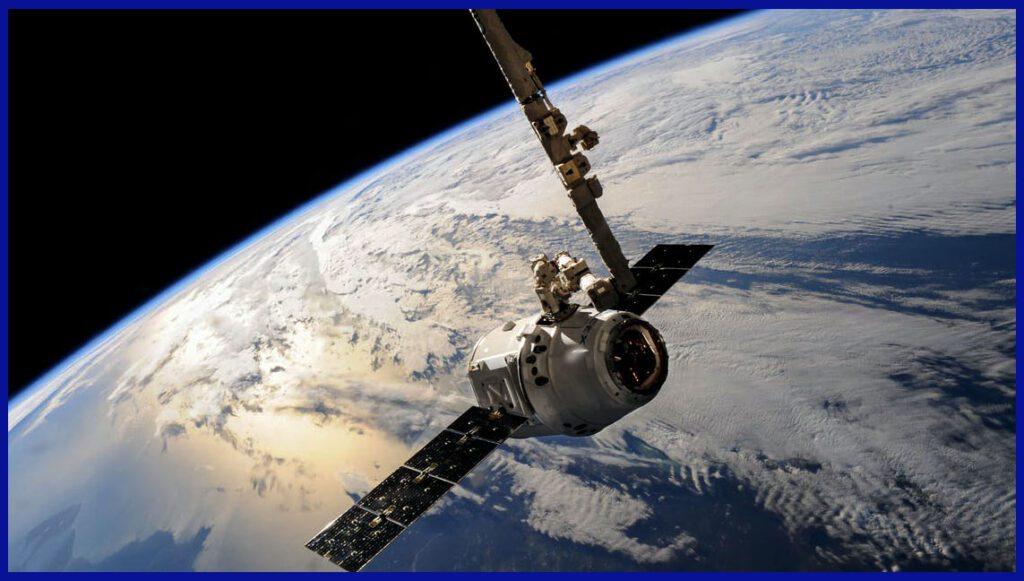
What Is Telemetry?
Telemetry refers to the process of remotely measuring and transmitting data from a remote source to a monitoring station. In the context of space exploration, telemetry involves collecting data from a spacecraft or other remote device and transmitting it back to Earth for analysis.
Telemetry is used extensively in space missions to monitor the health and status of spacecraft, as well as to collect scientific data about the environments they encounter. The data collected through telemetry includes information about the spacecraft’s position, speed, temperature, power usage, and more.
Telemetry data is typically transmitted back to Earth through a variety of communication channels, such as radio waves, microwave links, or optical links. Once the data is received on Earth, it is processed and analyzed by scientists and engineers to understand the performance of the spacecraft and the scientific data it has collected.
Telemetry plays a crucial role in enabling remote exploration and scientific research in space, allowing scientists and engineers to monitor and control spacecraft from millions of kilometres away.
The First Successful Space Probe: Luna 1
Luna 1 was the first spacecraft to reach the Moon and the first human-made object to achieve escape velocity from Earth’s gravitational pull. It was launched by the Soviet Union on January 2, 1959, during the space race between the Soviet Union and the United States.
Luna 1 was a spherical spacecraft with a diameter of 0.8 meters (2.6 feet) and was equipped with scientific instruments to study the Moon’s magnetic and radiation fields, cosmic rays, and plasma in interplanetary space.
Although Luna 1 missed its intended target of a soft landing on the Moon’s surface, it successfully flew past the Moon at a distance of about 6,000 kilometres (3,700 miles) and provided valuable data about the Moon’s environment, including information about the Moon’s gravitational field and the existence of radiation belts around it.
The success of Luna 1 marked a significant achievement in the space race and paved the way for further exploration of the Moon by both the Soviet Union and the United States.

The Second Successful Space Probe: Mariner 2
Mariner 2 was the second spacecraft to visit Venus and the first spacecraft to conduct a successful planetary encounter. It was launched by NASA on August 27, 1962, as part of the Mariner program.
Mariner 2 was a cylindrical spacecraft, about 1.5 meters ( 5 feet ) in length and 0.5 meters ( 1.5 feet ) in diameter, and was equipped with scientific instruments to study the environment around Venus, including its atmosphere and magnetic field.
On December 14, 1962, Mariner 2 made its closest approach to Venus, flying at a distance of about 34,773 kilometres ( 21,607 miles ) from the planet’s surface. During the flyby, the spacecraft made a series of measurements that provided the first detailed information about Venus’ atmosphere, temperature, and surface.
The data returned by Mariner 2 showed that Venus’ surface was extremely hot, with temperatures around 425 °C (800 °F), and that its atmosphere was primarily composed of carbon dioxide. The spacecraft also found that Venus did not have a significant magnetic field, which was unexpected.
The success of Mariner 2 demonstrated the feasibility of interplanetary space exploration and paved the way for further missions to explore the solar system.
How Many Space Probes Have Been Launched/ Sent So Far?
Over 4,000 space probes have been launched or sent by various countries and organizations. These space probes have been used for a variety of purposes, such as exploring our own planet, studying other planets in our solar system, and investigating deep space.
The first space probe was launched by the Soviet Union in 1957. Called Sputnik 1, it was the first artificial satellite to orbit the Earth. Since then, many countries have launched their own space probes, with the United States being the most active in this field.
Some of the most well-known space probes include the Voyager spacecraft, which explored the outer planets of our solar system and are now in interstellar space, the Mars rovers, which have been exploring the red planet since the 1990s, and the Hubble Space Telescope, which has been observing the universe from orbit since 1990.
In addition to these larger, more well-known probes, there have been many smaller ones as well. For example, CubeSats are small, low-cost satellites that can be used for a variety of scientific purposes, and have been launched in increasing numbers in recent years.
Overall, space probes have been a vital tool for exploring our universe and expanding our knowledge of the cosmos. They have helped us to better understand our own planet, as well as the planets and other objects in our solar system, and to investigate some of the biggest questions about the universe itself.
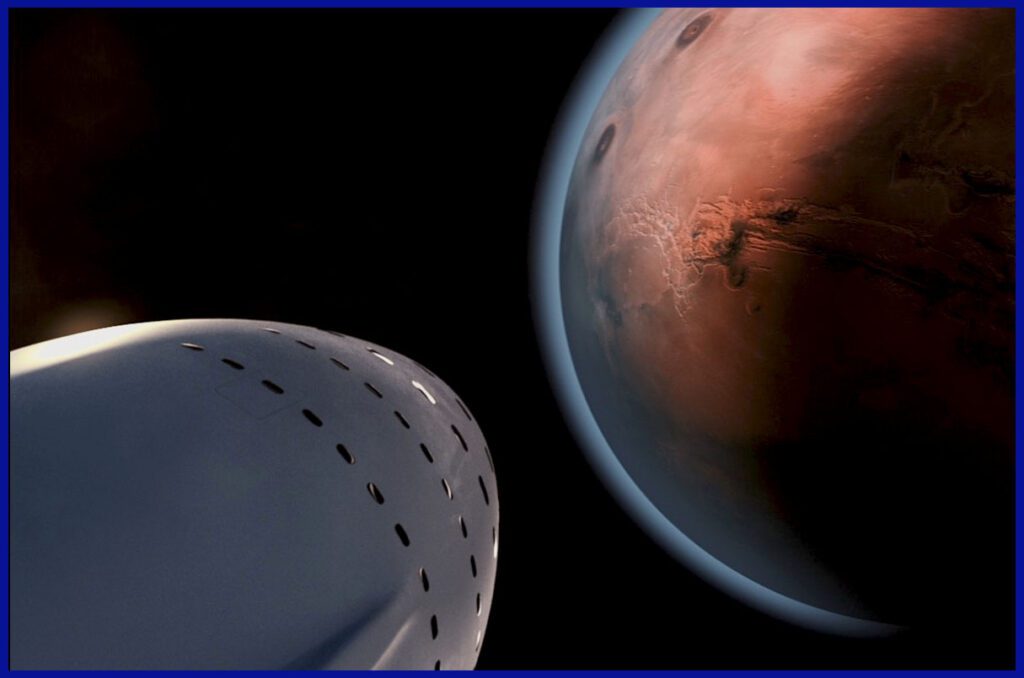
Here Is A List Of Some Of The Most Significant And Well-Known Space Probes That Have Been Sent So Far
Sputnik 1 – Sputnik 1 was the first artificial satellite launched into orbit around Earth. It was launched by the Soviet Union on October 4, 1957, and it orbited the Earth for about three months. The launch of Sputnik 1 marked the beginning of the Space Age and sparked a space race between the United States and the Soviet Union.
Sputnik 1 was about the size of a basketball and weighed about 184 pounds. It was equipped with four radio antennas that transmitted a simple radio signal back to Earth. The successful launch of Sputnik 1 was a major milestone in the history of space exploration and technology. It demonstrated the ability of human beings to launch objects into space and opened up new possibilities for scientific research and space exploration.
Explorer 1 – This was the first satellite launched by the United States into orbit around Earth. It was launched on January 31, 1958, just a few months after the launch of Sputnik 1 by the Soviet Union.
Explorer 1 was designed and built by a team of scientists and engineers at the Jet Propulsion Laboratory (JPL) in Pasadena, California. It was launched aboard a Jupiter-C rocket from Cape Canaveral, Florida. The success of Explorer 1 marked a significant milestone for the United States in the early days of the space race. It demonstrated the country’s ability to launch satellites into space and paved the way for future space missions and scientific discoveries.
Venera 1-16 – Venera 1-16 were a series of Soviet space probes sent to explore Venus between 1961 and 1983. The Venera program was the first mission to successfully land spacecraft on another planet and provided the first close-up images and data of the Venusian surface and atmosphere.
Luna 1-24 – Was a series of Soviet space probes sent to explore the Moon between 1959 and 1976. The Luna program was the first successful series of missions to explore the Moon and provided important data and images of the Moon’s surface and environment.
The Luna probes were designed to perform a variety of tasks, including flybys, orbital missions, and landings. Luna 1 was the first spacecraft to reach the Moon, making a close flyby in 1959, while Luna 9 was the first to make a soft landing on the Moon in 1966.
Mars 1-7 – Was a series of Soviet space probes sent to explore Mars between 1960 and 1973. The Mars program was designed to study the planet’s atmosphere, surface, and potential for life. The Mars probes were designed to perform a variety of tasks, including flybys, orbiters, and landers. Mars 1 was the first spacecraft to attempt to orbit Mars in 1962, but it failed due to a malfunction. Other Mars missions included flybys, orbiters, and landers, with mixed success.
Mars 2 and Mars 3 were both landers that successfully reached the surface of Mars in 1971, making the Soviet Union the first country to successfully land a spacecraft on Mars. However, both landers failed soon after landing due to technical issues.
Zond 1-8 – A series of Soviet space probes launched between 1964 and 1970. The Zond program was originally designed as part of the Soviet Union’s manned lunar program, but later missions were focused on studying the Moon and interplanetary space. The Zond probes were designed to perform a variety of tasks, including lunar flybys and orbiters, as well as tests of spacecraft technology and equipment for potential manned missions. Zond 1 was a flyby mission to Venus, while Zond 2 was a flyby mission to Mars.
Zond 5 was the first spacecraft to orbit the Moon and return to Earth in 1968, performing a successful circumlunar mission with a biological payload of turtles and insects. Zond 6 and Zond 7 were also successful circumlunar missions, while Zond 8 was a lunar flyby mission.
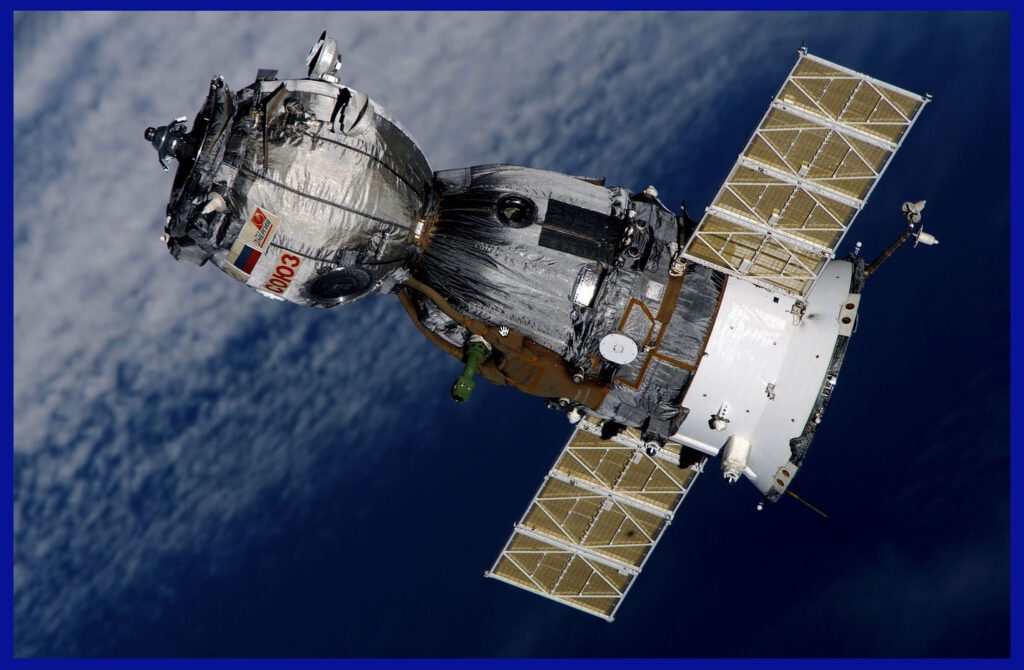
Luna-Glob is a Russian space mission – That is planned to explore the Moon. The mission is part of the Luna program and is designed to study the Moon’s surface and environment, as well as to search for water and other resources that could potentially be used for future manned missions.
The Luna-Glob mission is scheduled to launch in the mid-2020s and will be the first Russian mission to explore the Moon since the Luna-24 mission in 1976. The mission is part of a larger effort by Russia and other countries to explore and potentially establish a permanent presence on the Moon.
Voyager 1 and Voyager 2 – are space probes launched by NASA in 1977 to study the outer Solar System and beyond. Both spacecraft have travelled farther than any other human-made objects in space and are still operational, communicating with Earth from a distance of over 14 billion miles.
The primary mission of the Voyager probes was to conduct close-up studies of the gas giant planets Jupiter and Saturn, as well as their moons and rings. Voyager 2 continued on to Uranus and Neptune, becoming the first and only spacecraft to visit these planets. During their missions, the Voyager probes discovered many new moons, studied planetary atmospheres and magnetic fields, and took thousands of images of the planets and their moons.
The Voyager probes have been described as humanity’s farthest and most significant scientific achievement in space exploration, and they continue to provide valuable data about our Solar System and beyond.
Viking 1 and Viking 2 – were two spacecraft sent by NASA to Mars in 1976 as part of the Viking program. Their mission was to orbit the planet, and in the case of Viking 1, land on the Martian surface and perform scientific experiments to determine whether life could exist on Mars.
Viking 1 was launched on August 20, 1975, and arrived at Mars on June 19, 1976. It entered Mars’ orbit and began photographing the planet and studying its atmosphere. On July 20, 1976, the Viking 1 lander successfully touched down on the Martian surface, becoming the first spacecraft to make a successful landing on another planet. The Viking 1 lander conducted experiments to study the soil and atmosphere and search for signs of life. The mission continued until November 1982.
Viking 2 was launched on September 9, 1975, and arrived at Mars on August 7, 1976. It followed a similar mission to Viking 1, orbiting and photographing the planet before landing on the surface on September 3, 1976. The Viking 2 lander conducted similar experiments to Viking 1, and its mission continued until April 1980.
The Viking missions represented a significant milestone in the exploration of Mars and provided valuable scientific data about the planet’s surface, geology, and atmosphere. The search for life on Mars was inconclusive, but the data collected by the Viking spacecraft continue to be analyzed and studied by scientists today.
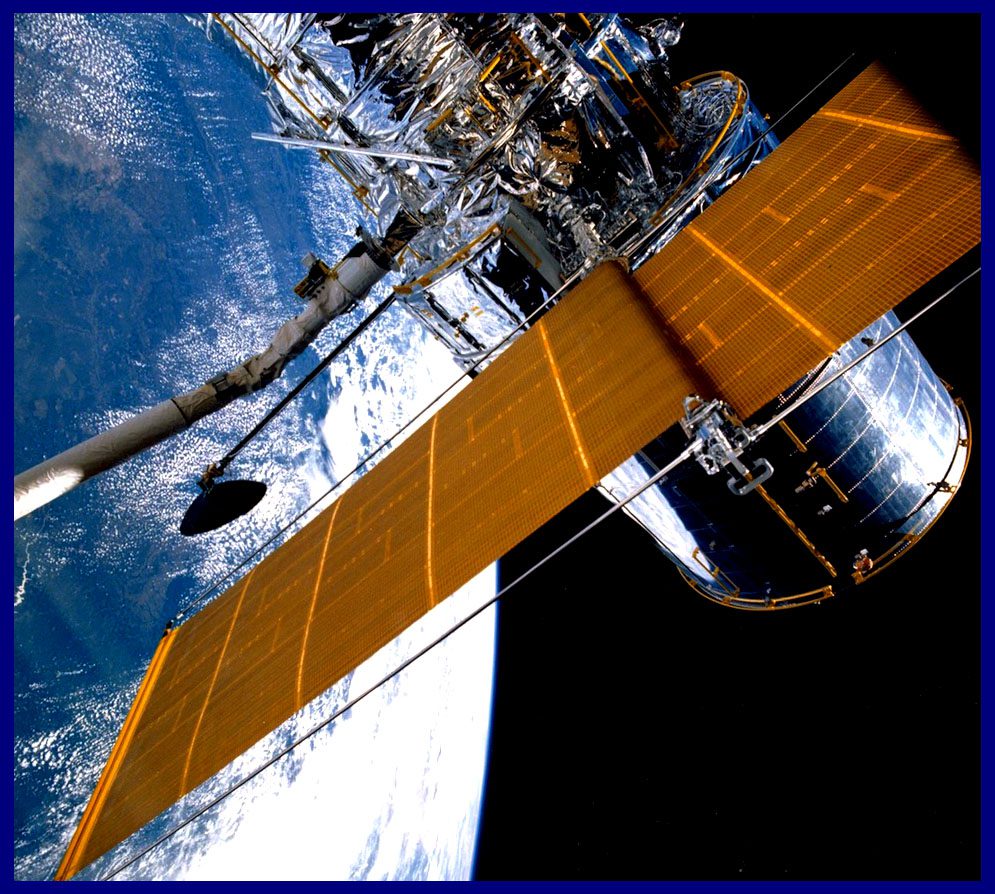
The Hubble Space Telescope (HST) – is a large space telescope that was launched into low Earth orbit by NASA in 1990. It is named after astronomer Edwin Hubble, who made significant contributions to the field of observational cosmology.
The HST is designed to observe and capture images of the universe from space. It has a 2.4-meter mirror that collects light from distant objects and produces high-resolution images with exceptional clarity and detail. The telescope is equipped with several scientific instruments, including cameras and spectrographs, that allow astronomers to study celestial objects across a wide range of wavelengths.
Since its launch, the HST has made numerous groundbreaking discoveries and observations, including the first measurement of the expansion rate of the universe, the detection of dark matter, and the identification of the most distant galaxy ever observed. The HST has also produced some of the most iconic images in astronomy, such as the Pillars of Creation in the Eagle Nebula and the Hubble Ultra-Deep Field, which revealed thousands of galaxies in a single image.
Galileo – was a NASA spacecraft that was sent to study the planet Jupiter and its moons. It was launched on October 18, 1989, and entered into orbit around Jupiter on December 7, 1995. The mission was named after the Italian astronomer Galileo Galilei, who made many important observations of Jupiter and its moons in the early 17th century.
The Galileo spacecraft was equipped with several scientific instruments, including cameras, spectrometers, and a magnetometer, which allowed it to study the planet’s atmosphere, magnetic field, and the composition of its moons. One of the most significant discoveries made by Galileo was evidence of a subsurface ocean on the moon Europa, which increased the possibility of finding extraterrestrial life.
In addition to studying Jupiter and its moons, the Galileo spacecraft also conducted flybys of the asteroids Gaspra and Ida, making it the first spacecraft to visit an asteroid. The Galileo mission was extended several times, and the spacecraft continued to transmit data back to Earth until it planned to deorbit into Jupiter’s atmosphere in September 2003.
Cassini-Huygens was a joint NASA-ESA (European Space Agency) – spacecraft mission to study the planet Saturn and its system, including its rings and moons. The mission was named after the Italian astronomer Giovanni Cassini and the Dutch astronomer Christiaan Huygens, who made significant discoveries about Saturn and its moons in the 17th century.
The Cassini spacecraft was launched on October 15, 1997, and arrived at Saturn on July 1, 2004. It was equipped with a suite of scientific instruments, including cameras, spectrometers, and a radar, which allowed it to study Saturn’s atmosphere, magnetic field, rings, and moons in detail. One of the most significant discoveries made by Cassini was evidence of liquid water on Enceladus, one of Saturn’s moons, and the presence of hydrocarbon lakes on Titan, another moon of Saturn.
The Huygens probe was a lander that was attached to the Cassini spacecraft and was designed to study Saturn’s largest moon, Titan. It was released from the Cassini spacecraft on December 25, 2004, and successfully landed on the surface of Titan on January 14, 2005. The Huygens probe transmitted data back to the Cassini spacecraft, which then relayed the data back to Earth. The Huygens probe was the first spacecraft to land on a moon in the outer Solar System and provided scientists with valuable information about Titan’s surface and atmosphere.
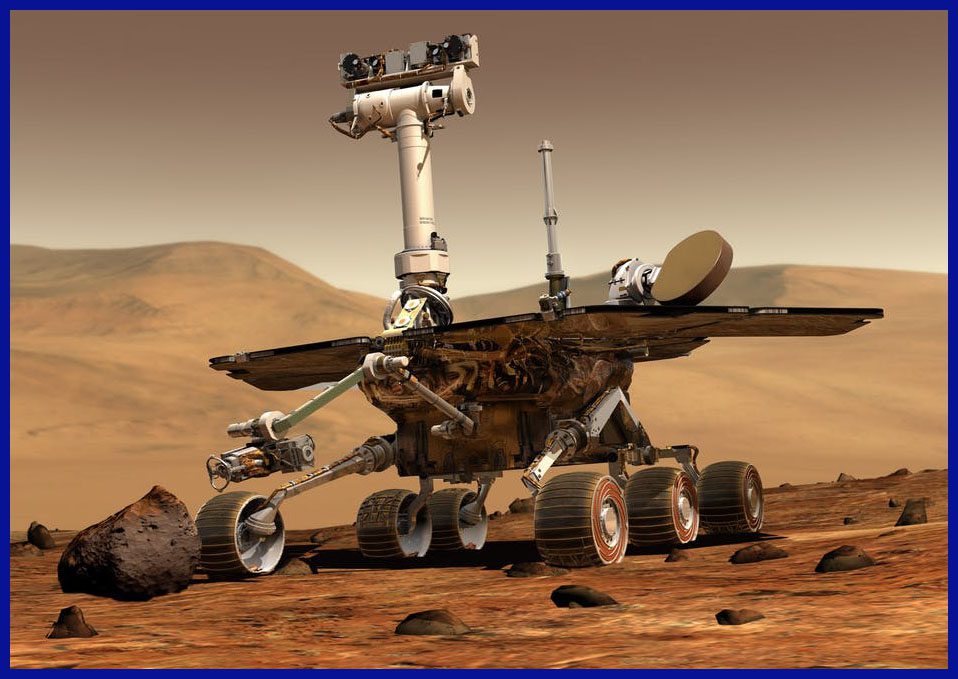
The Mars Global Surveyor (MGS) – was a NASA spacecraft mission that was designed to study the planet Mars. It was launched on November 7, 1996, and entered Mars’ orbit on September 11, 1997. The mission was designed to last two years but was extended several times and operated until November 2, 2006, when contact was lost with the spacecraft.
The MGS was equipped with a suite of scientific instruments, including cameras, spectrometers, and a laser altimeter, which allowed it to study the planet’s surface, atmosphere, and magnetic field. One of the most significant discoveries made by the MGS was evidence of the past presence of liquid water on the surface of Mars, which increased the possibility of finding signs of past or present life on the planet.
New Horizons – is a NASA spacecraft mission that was launched on January 19, 2006, to study the dwarf planet Pluto, its moons, and other objects in the Kuiper Belt, a region of the Solar System beyond the orbit of Neptune. The mission was designed to provide scientists with the first-ever close-up images and data of Pluto and its system.
On July 14, 2015, the New Horizons spacecraft conducted the closest flyby of Pluto in history, passing within 7,800 miles (12,550 kilometres) of the dwarf planet’s surface. During the flyby, the spacecraft collected a wealth of data and images of Pluto’s surface, revealing a world of stunning complexity and diversity. The mission also discovered several new moons around Pluto, including Styx, Nix, Kerberos, and Hydra.
Curiosity – is a NASA rover mission that was launched on November 26, 2011, and landed on the surface of Mars on August 6, 2012. The mission was designed to explore and study the planet’s surface, geology, and climate to better understand its past and potential for supporting life.
The rover, which is about the size of a car, is equipped with a suite of scientific instruments, including cameras, spectrometers, and a laser that allows it to analyze the composition of rocks and soils on the planet’s surface. Curiosity also carries a drill that can collect and analyze samples from the Martian surface, providing scientists with valuable information about the planet’s history and geology.
One of the most significant discoveries made by Curiosity was the presence of organic compounds in ancient rocks on Mars, indicating that the planet may have had the potential to support microbial life in the past. The rover also discovered evidence of past water on the planet’s surface, including a dried-up lake bed, streambeds, and minerals that can only form in the presence of water.

The Parker Solar Probe – is a NASA spacecraft mission launched on August 12, 2018, to study the outermost part of the Sun’s atmosphere, known as the corona, and to understand the Sun-Earth connection. The mission was named after the American physicist Eugene Parker, who first proposed the existence of the solar wind.
The Parker Solar Probe is the fastest spacecraft ever built, reaching speeds of up to 430,000 miles per hour (700,000 kilometres per hour) as it approaches the Sun. The spacecraft is equipped with a suite of scientific instruments that allow it to measure the magnetic fields, plasma, and particles in the solar wind, as well as the temperature and density of the Sun’s corona.
One of the primary objectives of the mission is to understand why the corona is so much hotter than the Sun’s surface. Another goal is to study the solar wind and its effects on the Earth, including how it affects our planet’s atmosphere and magnetic field.
Venera-D is a proposed Russian mission to Venus – designed to study the planet’s atmosphere, geology, and potential for habitability. The mission is a joint project between the Russian Space Agency (Roscosmos) and the Russian Academy of Sciences.
The Venera-D mission is currently in the planning stages, with the launch expected in the mid-2020s. If successful, the mission will significantly expand our understanding of Venus and its potential for life, as well as provide valuable insights into the processes that shape rocky planets in our Solar System.

In Conclusion, _ space probes are robotic spacecraft that are designed to explore space and other celestial bodies. These probes have been launched from Earth to study planets, moons, asteroids, and other objects in our solar system and beyond. They have provided us with invaluable information about our universe, helping us to better understand the nature of the cosmos and our place in it. The data collected by these probes has also helped to inspire new scientific discoveries and advancements in space exploration technology.
Furthermore, an essential piece of information demands attention beyond the scope of this article. Do not overlook the opportunity to seize an exclusive chance to own your very own collection of awe-inspiring, extra-large 1/200 scale resin premium models showcasing the legendary XL Antonov An-225 Mriya. These exceptional aircraft, available solely through Air Models with worldwide delivery, embody sheer excellence and have gained renown for their unparalleled might in the realm of International Cargo Transport. Seize this moment and click the provided links to acquire these remarkable masterpieces. Act now to secure your piece before the limited stock is depleted.

Important Announcement for Our Valued Readers!
After an article is published, it is possible that updates or changes may have occurred beyond the time of publication. Therefore, it is important to be aware that certain information in the article might be outdated. To ensure the most accurate analysis, it is highly recommended to verify the content with the latest sources available.
However, we are dedicated to delivering outstanding articles on military products and global updates. Maintaining quality and smooth operation requires resources. Your support sustains our efforts in providing insightful content. By purchasing high-quality products through our affiliated links, you help us keep our platform alive and acquire top-notch items. Your unwavering support is invaluable and inspires us to strive further.
We welcome your suggestions and requests for more information, as we value feedback from our readers. If there’s specific defence material or equipment not covered on our site, please share your request in the comments. We’ll strive to research and provide the required information. We sincerely thank you for your unwavering interest in our website, and we eagerly anticipate hearing from you! Enjoy your reading experience!
